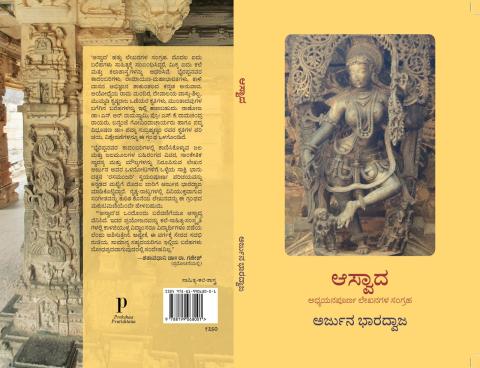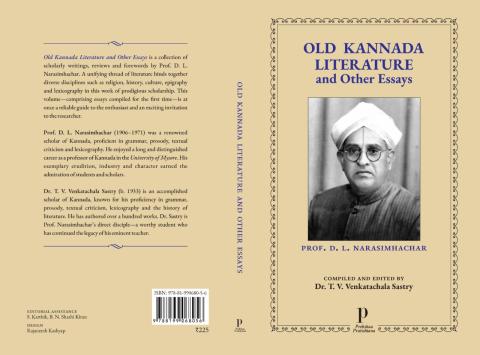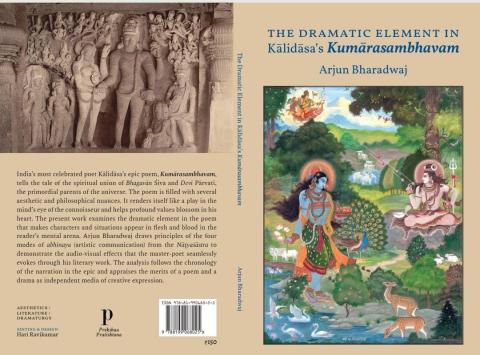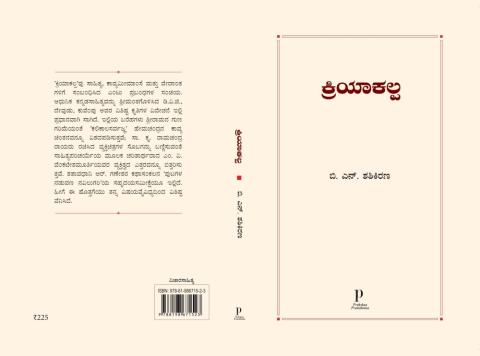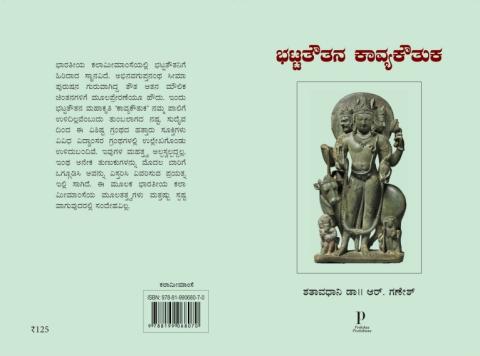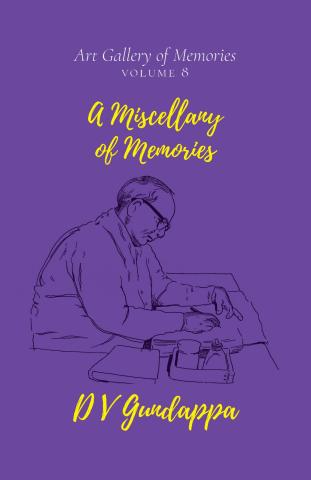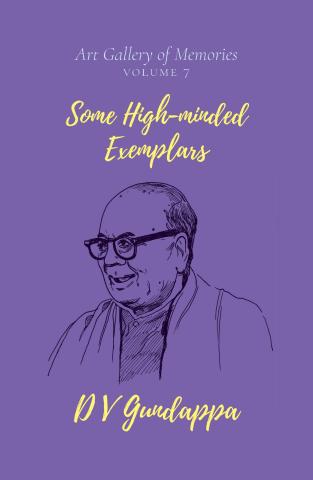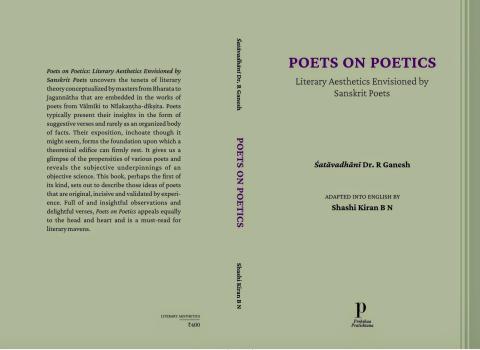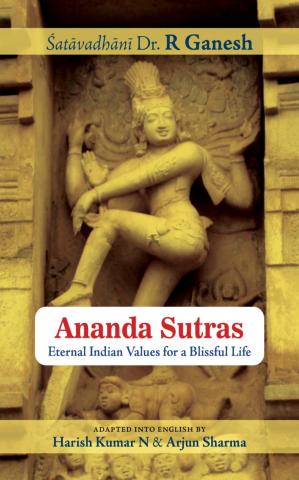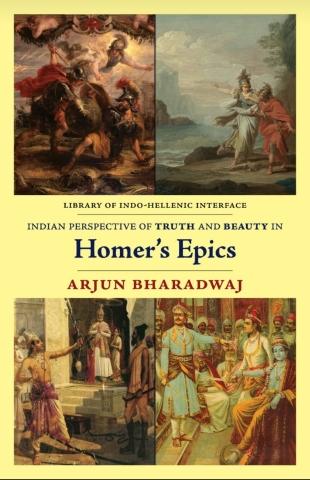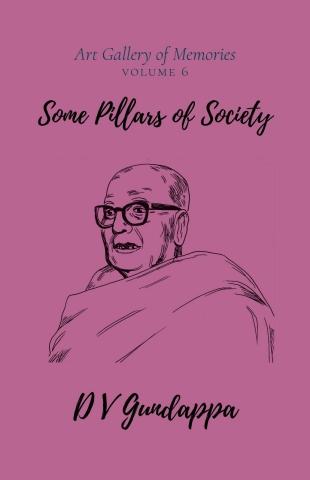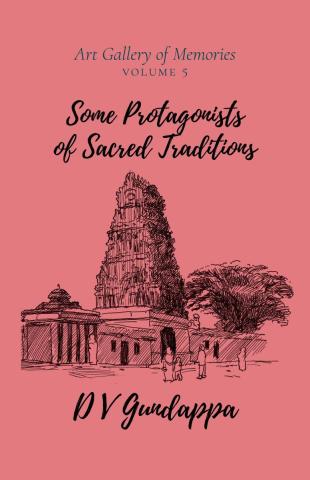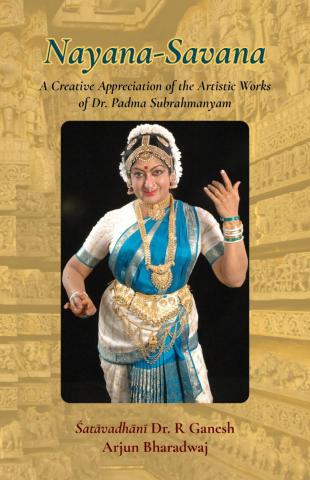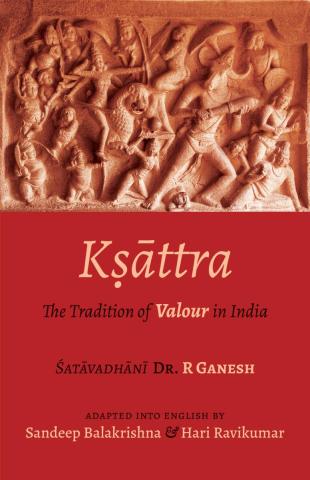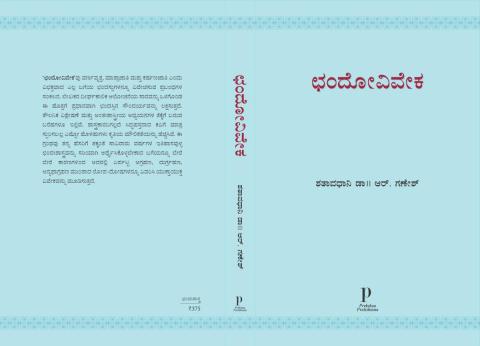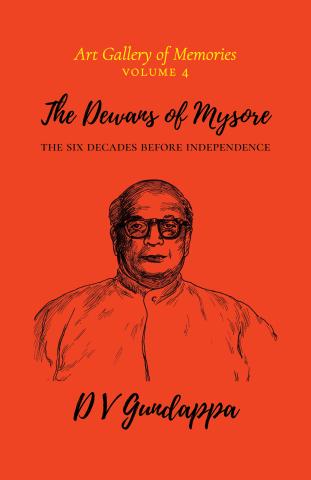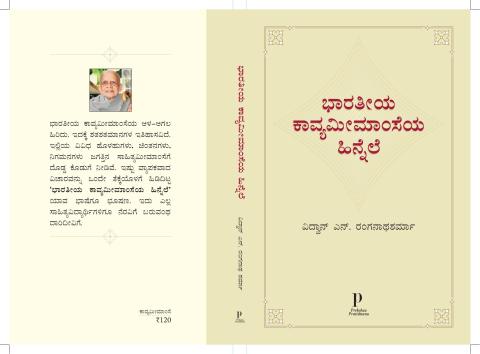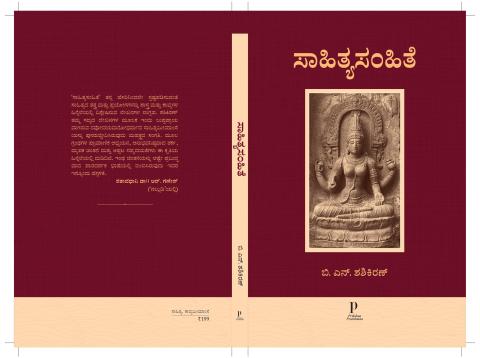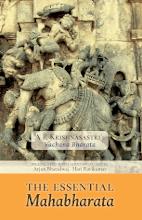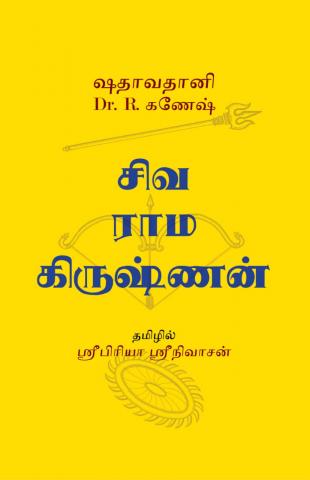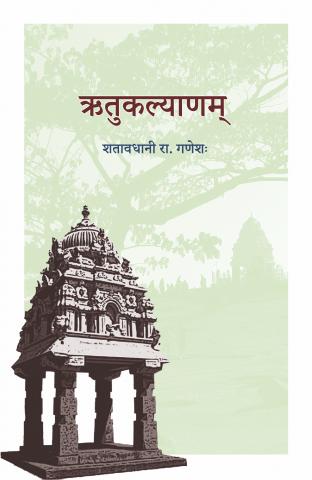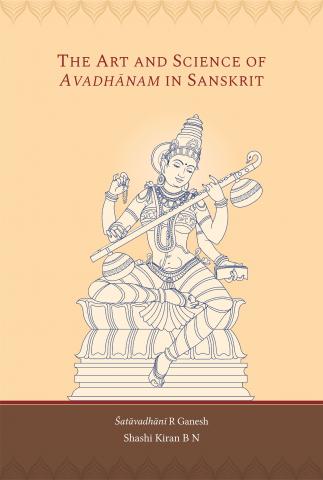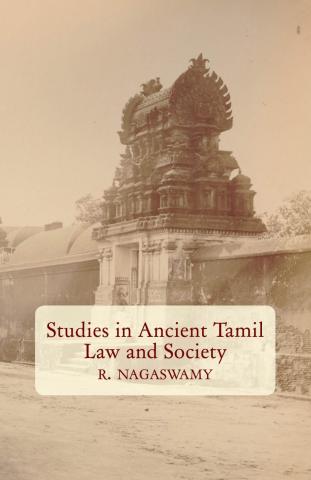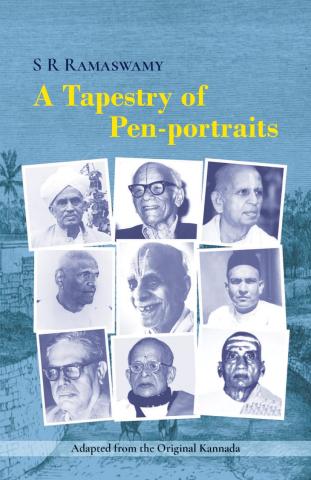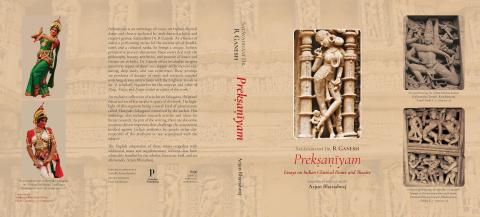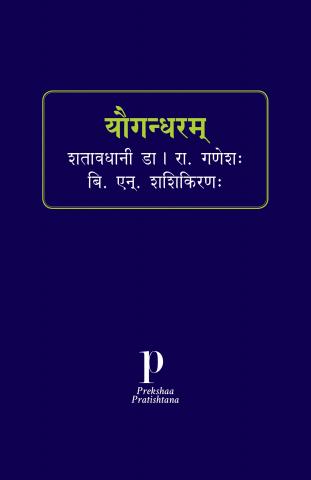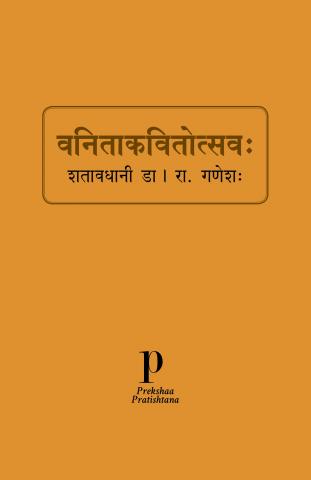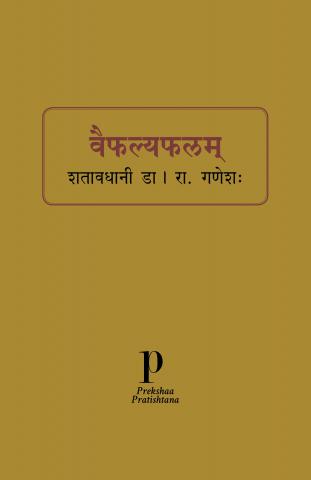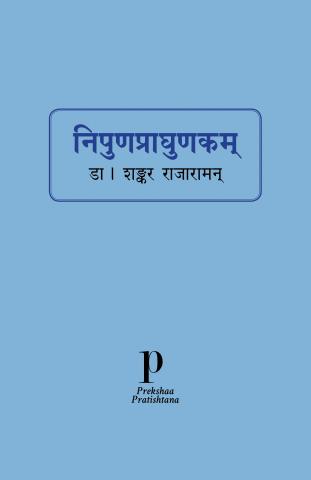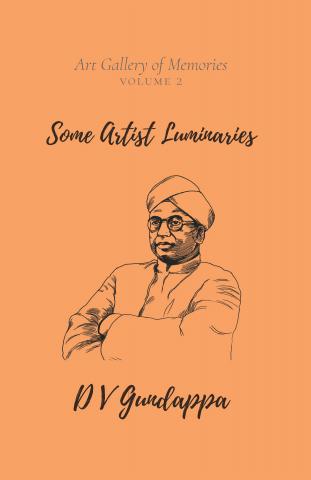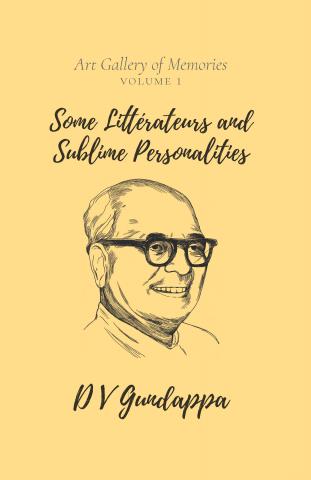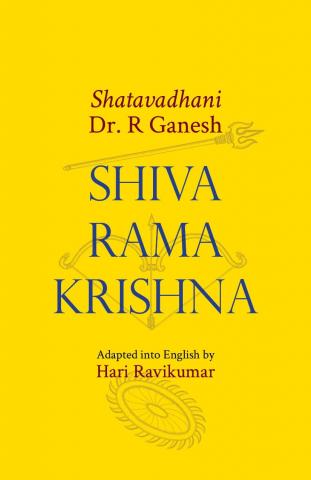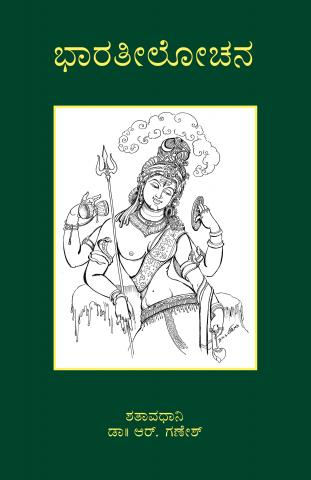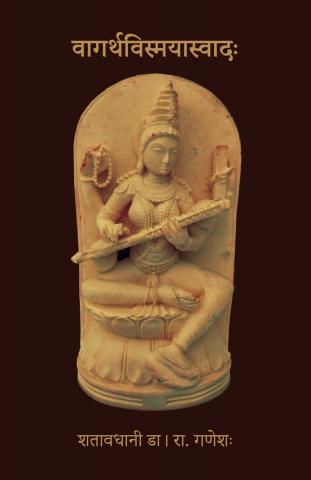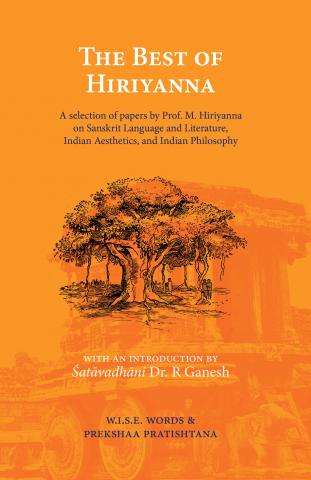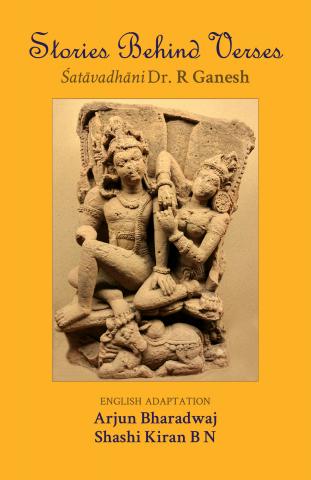If we consider the verses between the ninth verse – “yajñārthāt...” and the sixteenth verse – “moghaṃ pārtha sa jīvati” as one single meaningful portion, the meaning might be clearer. The style of the text here is a little complex. Two or three metaphors are combined thus: Kāmadhenu (the milch-cow of desire), jīva-cakra (the cycle of jīvas), brahma-cakra (the cycle of brahma). The topics too are knotty. Food, rain, crops, yajñā, distribution of the fruit of labour — thus many ideas are intertwined here. To understand the meaning of this part clearly, the entire section has to be read as a whole.
Here, we should comprehend the word yajña as the act of worship; that act has three aspects. The first is the acceptance of the greatness of that which is going to be worshipped (i.e., a deity). The second is surrendering oneself to the deity as the result of the acceptance of its greatness. The third aspect is sharing the fruit of worship with others. Unless these three perspectives are clearly etched in our minds, it may be difficult to understand the collective meaning of these verses.
Now let us examine the meaning of these verses.
yajñārthāt karmaṇo’nyatra loko’yaṃ karma-bandhanaḥ ।
tadarthaṃ karma kaunteya mukta-saṅgaḥ samācara ॥ (BG 3.9)
“O Arjuna, karma that is not performed with a view that it is a yajña, without completely offering it to the divine binds us to this world. The stratagem to escape this binding is not giving up karma, but performing karma with the feeling that it is a yajña.”
Therefore, perform your prescribed duties without any touch of selfishness; that is, with the view that it is a yajña.
sahayajñāḥ prajāḥ sṛṣṭvā parovāca prajāpatiḥ ।
anena prasaviṣyadhvameṣa vo’stviṣṭakāmadhuk ॥ (BG 3.10)
“Prajapāti created people with the sense of yajña embedded in their hearts, and commanded them thus:
O people, bring out and employ the feeling of yajña which is inherent in your hearts and obtain all you want from it. Yajña is a veritable kāmadhenu (divine cow) bestowed on you.”
devān bhāvayatānena te devā bhāvayantu vaḥ ।
parasparaṃ bhāvayantaḥ śreyaḥ paramavāpsyatha ॥ (BG 3.11)
Please the deities of the universe with this yajña. They will please you. Thus may divinities and humans gladden each other and gain supreme welfare.”
[This has been said on behalf of Para-brahma. It is said that there is something greater (paraṃ) than materialistic things that can be granted by deities in this world. The world of Para-brahma is not just more distinguished than this world, but also beyond the worlds of Indra and Sūrya. The deities of the universe are all subservient to Parabrahma.]
iṣṭān bhogān hi vo devā dāsyante yajñabhāvitāḥ ।
tairdattān apradāyaibhyo yo bhuṅkte stena eva saḥ ॥ (BG 3.12)
“The devas, satisfied by your yajñas, will grant you all you desire. One who does not return their gifts to them by means of dāna, dharma, and benevolent charity and enjoys them alone, is a thief.”
yajñaśiṣṭāśinaḥ santo mucyante sarvakilbiṣaiḥ ।
bhuñjate te tvaghaṃ pāpā ye pacantyātmakāraṇāt ॥ (BG 3.13)
Those who enjoy the fruit of yajña, considering it a remnant of the yajña, as a gift from the divine, and treat it as prasāda, will be emancipated from all pāpas. (Within the term bhagavat-prasāda is embedded the indication that it should be shared with others. This meaning becomes clear here). Those who consume it for their own, selfish sake without sharing with others will be eating pāpa. Such a person cooks to fill his own stomach.
Now Jīva-cakra:
annādbhavanti bhūtāni parjanyādannasaṃbhavaḥ ।
yajñādbhavati parjanyo yajñaḥ karmasamudbhavaḥ ॥ (BG 3.14)
All living beings in the world are born of food. Food is the origin of life. Food is generated by the benevolence of the deity Parjanya. Parjanya becomes benevolent because of yajña, or propitiation of the divine.
Propitiation of divinities is in the form of many laukika and vaidika karmas.
karma brahmodbhavaṃ viddhi brahmākṣarasamudbhavam ।
tasmāt sarvagataṃ brahma nityaṃ yajñe pratiṣṭhitam ॥ (BG 3.15)
“That karma is fundamentally inspired by Brahma. (We just saw that the inclination to perform karma is present in beings by birth).
That Brahma (here it means Veda) is created by the eternal substance called Para-brahma. Para-brahma is omnipresent. Therefore Brahma is present in the performance of a yajña”. (15)
evaṃ pravartitaṃ cakraṃ nānuvartayatīha yaḥ ।
aghāyuriṃdriyārāmo moghaṃ pārtha sa jīvati ॥ (BG 3.16)
“Thus rotates the cycle of Life. The life of one who does not revere it— one who does not follow activities related to the cycle of life starting from the growing of food to realising Para-brahma through worship—is in vain.
It can be said that these eight verses contain the essence of what ordinary people learn from the Gītā. Let us keep the important parts of this teaching in mind.
- The universe is not worthless. It is created by Brahma. Therefore, it deserves our devotion and respect.
- Devas are the powers of Nature that are moving the machine of the universe – Indra, Agni, Varuṇa, Vāyu, Sūrya, Pṛthvī, Candra, Parjanya, etc.
- Yajña is the worship of all these divinities. The worship comprises three emotions – (i) Obedience and respect (ii) Partaking of the results as prasāda, (iii) Distributing the results to the world
- Obedience here means understanding the laws of Nature and acting according to them, and not attempting to perform deeds that are against nature. The hairs on the body, by nature, hang down. That is its natural direction, anuloma. An attempt to make it stand up is against Nature. That is called pratiloma.
- Whatever is the fruit obtained from Nature, from the activity of the powers of the universe, however it is, should be accepted with equanimity as a boon from the divine. One should not think – “I earned this”, “This is the fruit of my intellectual prowess”, or “This is self-acquired”. Instead, one should think, “This is not my effort, it is a gift from above.’’
- Whatever is thus obtained should be shared with other people of the world. The three meritorious works – tapas, yajña, and dāna are present in the daily tasks of our lives. It is possible for everyone to practise. Tapas is accepting Īśvara’s greatness and giving up one’s ego. Performing wordly tasks using the powers of the universe is yajña. (See the Puruṣa-sūktam.) Not consuming the fruit of the beneficial action oneself, but sharing it with others around him and experiencing happiness by mingling it with their happiness, is dāna.
To be continued...
The present series is a modern English translation of DVG’s Kendra Sahitya Akademi Award-winning work, Bhagavad-gītā-tātparya or Jīvana-dharma-yoga. The translators wish to express their thanks to Śatāvadhāni R Ganesh for his valuable feedback and to Hari Ravikumar for his astute edits.





